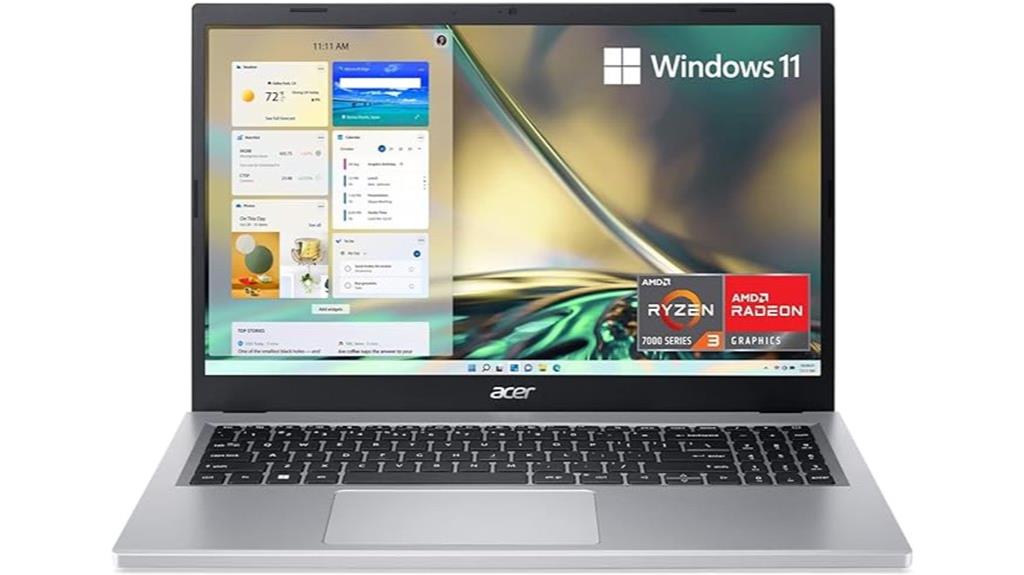Star session models set the stage for a compelling exploration of a dynamic framework. This discussion delves into the definition, applications, components, and future trends of these models, providing a detailed analysis of their strengths and weaknesses. We’ll examine diverse contexts where star session models prove effective, contrasting them with alternative approaches and highlighting their unique characteristics.
Through detailed examples and hypothetical scenarios, we aim to provide a clear understanding of how star session models function and their potential impact across various fields. The analysis will cover essential components, their interactions, and potential challenges, offering a holistic perspective on their practical implementation and future development.
Star Session Models: A Comprehensive Overview
Star session models represent a paradigm shift in how we approach interactive sessions, particularly in collaborative environments. This model emphasizes a central hub or “star” node, facilitating communication and data exchange between multiple participants. This overview explores the definition, applications, components, advantages, disadvantages, future trends, and a detailed illustrative scenario of star session models.
Defining “Star Session Models”
A star session model is a structured approach to interactive sessions where a central node (the “star”) acts as the primary point of communication and data management. This central node manages the flow of information between multiple peripheral nodes (participants). Unlike peer-to-peer models, the star session model relies on the central node for coordination and control, which can lead to enhanced efficiency in certain contexts.
Variations exist, with differences in the central node’s capabilities and the level of control it exerts.
Applications of Star Session Models
Star session models find application across diverse fields. Examples include online conferencing systems where a moderator controls the flow of conversation, centralized data analysis platforms where a server aggregates data from multiple sources, and collaborative design tools where a central platform facilitates shared workspaces. Successful implementations are seen in virtual classrooms, online gaming platforms, and remote collaboration software.
Consider a hypothetical scenario: a remote surgery where a lead surgeon, acting as the central node, guides and supervises multiple assistant surgeons in different locations. The central node provides real-time video feed, surgical instructions, and data monitoring, ensuring synchronized actions and improved precision.
Star session models often require meticulous attention to detail in their preparation. The precision needed can be surprisingly similar to the careful craftsmanship involved in creating a high-quality sling shot niple , where even minor imperfections can significantly impact the final product. Ultimately, both fields demand a high level of skill and dedication to achieve a polished and professional result for their respective audiences.
- Benefits: Centralized control, improved coordination, efficient data management, simplified communication.
- Drawbacks: Single point of failure, potential bottlenecks, dependency on central node’s functionality.
Components of a Star Session Model

Source: dockuniverse.com
A typical star session model consists of a central node and multiple peripheral nodes. The central node manages communication, data processing, and resource allocation. Peripheral nodes interact with the central node, exchanging data and receiving instructions. The interaction between components is crucial for the model’s functionality. Different configurations, such as the central node’s processing power or the number of peripheral nodes, will significantly impact the overall performance and efficiency.
| Component | Features & Functions | Potential Challenges |
|---|---|---|
| Central Node | Communication hub, data processing, resource allocation, control | Single point of failure, scalability limitations, processing overload |
| Peripheral Nodes | Data input, interaction with central node, data output | Network latency, inconsistent performance, limited processing power |
| Communication Protocol | Defines how data is exchanged between nodes | Compatibility issues, security vulnerabilities, bandwidth limitations |
| Data Management System | Organizes and stores data from peripheral nodes | Data integrity, storage capacity, data security |
Advantages and Disadvantages

Source: bbystatic.com
Star session models offer several advantages, including centralized control, simplified communication, and efficient resource management. However, they also present limitations, such as a single point of failure and potential bottlenecks. Compared to peer-to-peer models, star session models prioritize centralized control at the cost of potential scalability and resilience issues. Distributed models, on the other hand, offer greater resilience but lack the centralized control of star session models.
- Advantages: Centralized control, efficient communication, simplified data management.
- Disadvantages: Single point of failure, potential bottlenecks, dependency on central node.
Future Trends and Developments, Star session models
Future trends suggest increased use of AI and machine learning within star session models to enhance automation, data analysis, and resource allocation. The development of more robust and scalable central nodes is crucial to overcome limitations. However, challenges such as security vulnerabilities and the potential for data breaches require ongoing attention. Innovations in communication protocols and data management systems will play a critical role in enhancing the effectiveness of star session models.
Illustrative Example: A Detailed Scenario
Imagine a large-scale online education platform utilizing a star session model. A central server acts as the star node, managing communication between instructors and students. Instructors upload course materials and conduct live sessions through the central server. Students access the materials and participate in live sessions via their individual devices (peripheral nodes). The central server records sessions, manages user data, and provides analytics.
- Instructor uploads course materials to the central server.
- Students connect to the central server to access the materials.
- Instructor initiates a live session through the central server.
- Students interact with the instructor and each other through the central server.
- The central server records the session and generates analytics.
This scenario demonstrates how a star session model can effectively manage communication and data in a large-scale online education environment.
Final Summary: Star Session Models
In conclusion, star session models present a multifaceted approach with significant potential across diverse applications. While challenges exist, the advantages—particularly in terms of [mention a key advantage, e.g., efficiency or collaboration]—make them a valuable tool for achieving specific goals. Further research and development will likely refine these models, expanding their capabilities and addressing current limitations, leading to even wider adoption and impact.
